Exploring the Schneider Electric 140CRA21110 DIO Drop Interface Item Description Product Type DIO Drop Interface Model Number 140CRA21110 Compatible Series Modicon Quantum Automation Platform Number of Channels 16 Digital Inputs / 16 Digital Outputs Input Voltage Range 24 V DC Output Voltage Range 24 V DC Maximum Current per Channel 0.5 A for Inputs / 2 A for Outputs Isolation Voltage 500 V DC Mounting Type Panel Mount Weight Approximately 1.2 kg LED Indicators Status and Fault Indicators Environmental Conditions -40°C to 70°C Communication Protocol Modbus Introduction to the DIO Drop Interface In today’s rapidly evolving industrial landscape, efficient automation is key to optimizing processes and ensuring productivity. The Schneider Electric 140CRA21110 DIO Drop Interface emerges as a crucial component in this realm, specifically designed to integrate seamlessly with the Modicon Quantum automation platform. This advanced module not only simplifies digital input and output operations but also enhances the reliability and safety of industrial systems. Features and Specifications Versatile Input and Output Channels One of the standout features of the 140CRA21110 is its robust configuration, which includes 16 digital input channels and 16 digital output channels. This configuration enables the module to manage various control and monitoring tasks effectively, making it suitable for diverse applications ranging from manufacturing to process control. The ability to handle multiple channels simultaneously ensures that businesses can implement comprehensive automation strategies without the need for extensive additional hardware. Voltage and Current Capacities The module operates within a voltage range of 24 V DC, which is standard in many industrial settings. This voltage specification allows for compatibility with a wide array of sensors and actuators, ensuring that the DIO interface can be easily integrated into existing systems. Additionally, the maximum current ratings of 0.5 A for inputs and 2 A for outputs provide sufficient power handling capabilities for most applications. This ensures reliable performance, even under demanding operational conditions, thereby reducing the risk of downtime due to electrical failures. Safety and Reliability Features Enhanced Isolation and Protection Safety is paramount in any industrial environment, and the Schneider Electric 140CRA21110 does not compromise on this front. With an isolation voltage of 500 V DC, the module provides a significant level of protection against electrical faults and disturbances. This feature is particularly beneficial in environments where electrical surges or spikes are common, helping to safeguard both the module and the connected equipment. Real-Time Monitoring with LED Indicators The DIO Drop Interface is equipped with LED indicators that facilitate real-time status monitoring. These indicators provide instant feedback on the operational state of the module, allowing users to quic...
Read More
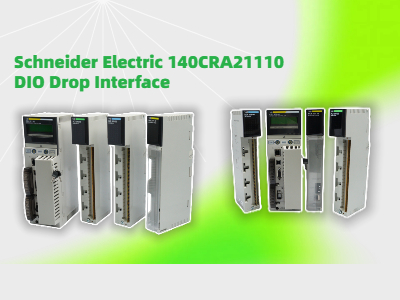
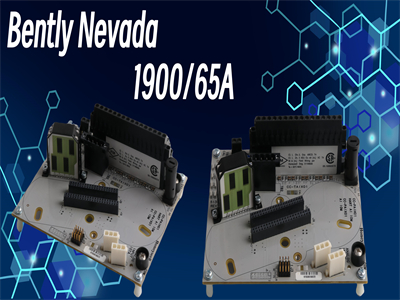
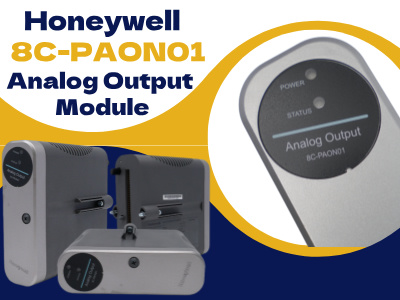
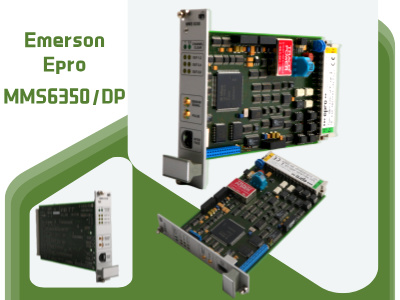
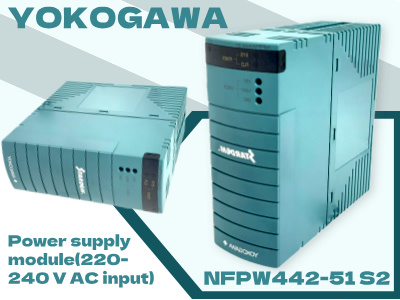
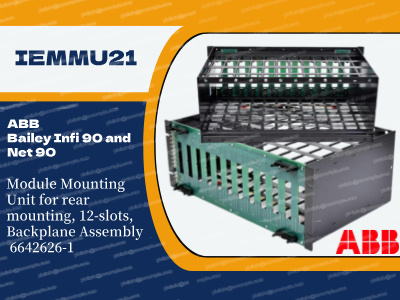
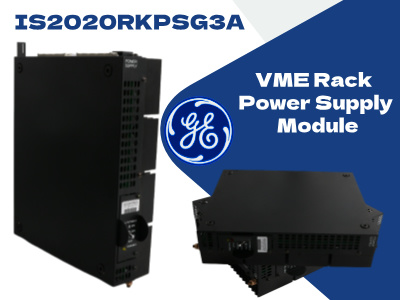

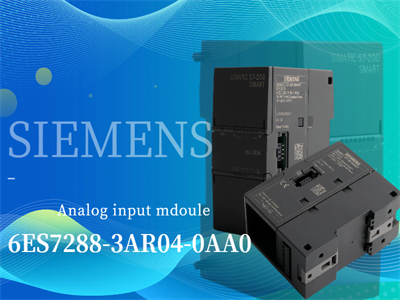
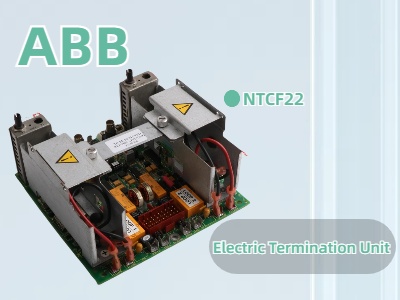
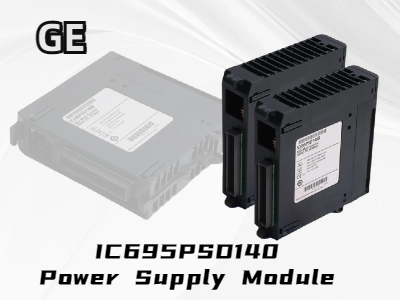
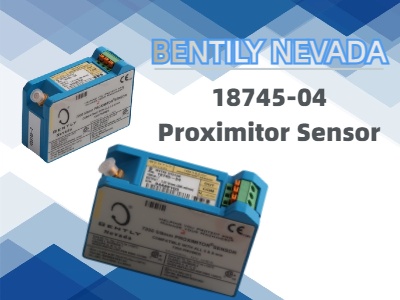
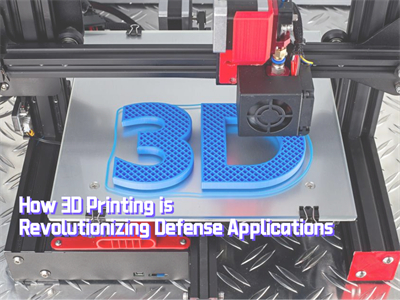
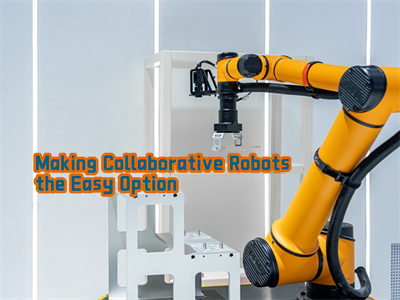










 IPv6 network supported
IPv6 network supported